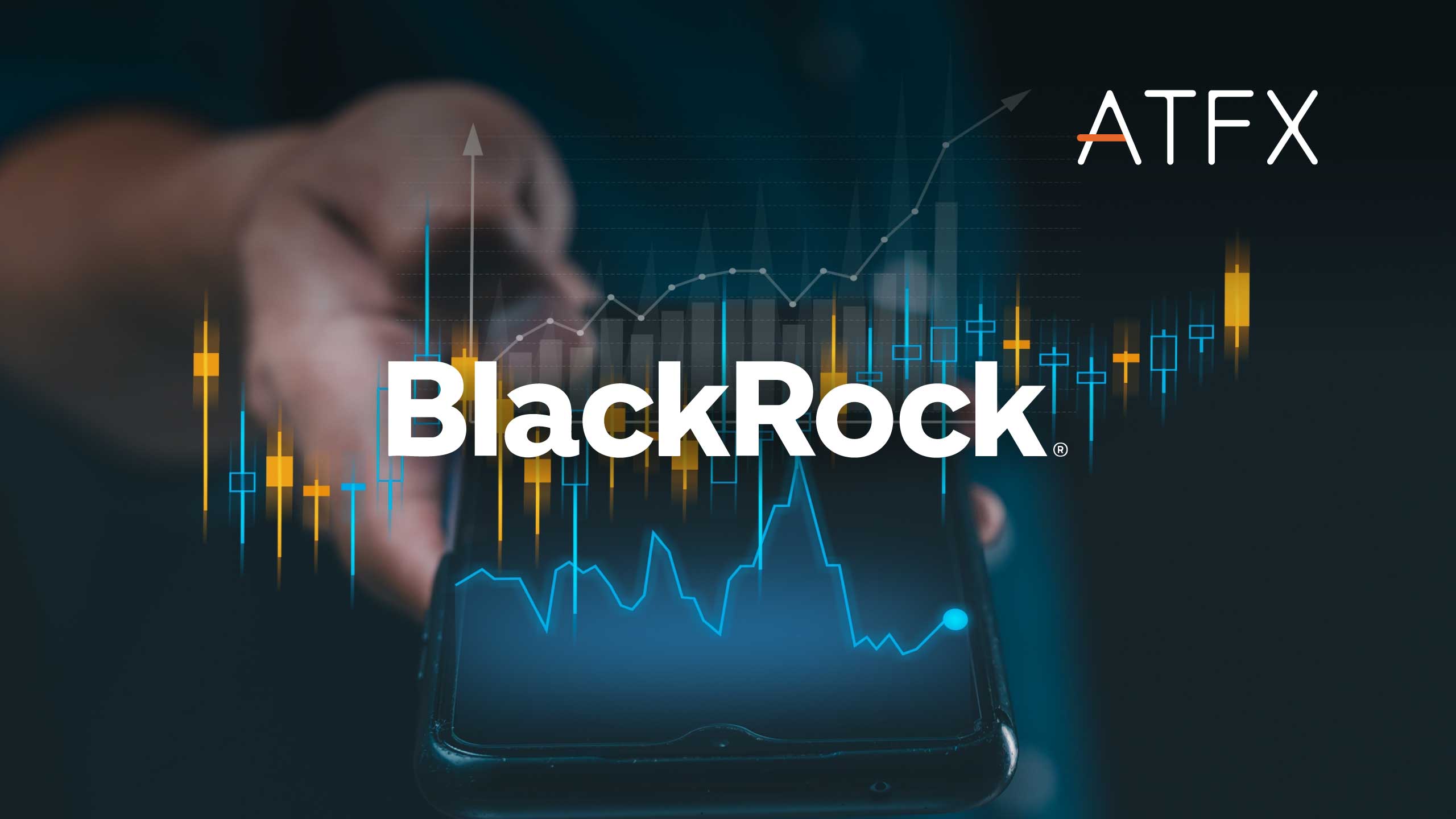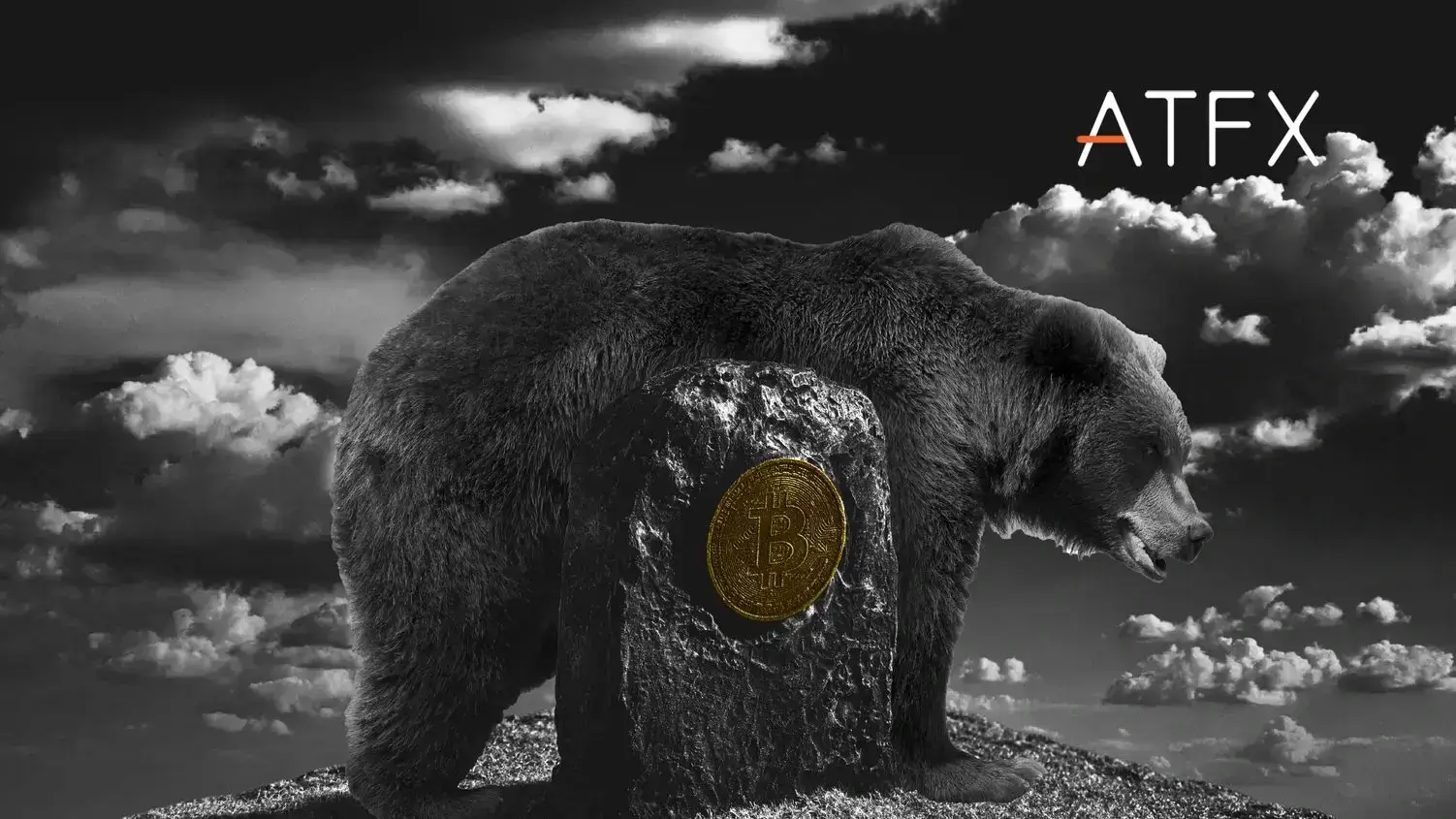The US Department of Labor announced this week that the consumer price index (CPI) for March rose by 8.5% compared to last year, the largest increase since December 1981 and a new record high. Tonight, another dataset the market is concerned about will also be released, the monthly rate of U.S. retail sales in March. The month-on-month forecast for this month is a 0.6% increase. The market is worried that such a high level of inflation will weigh heavily on consumer confidence, leading to reduced consumer spending, thereby accelerating the US economic recession.
Looking back at last month’s retail sales, there were signs that retail sales in the US are slowing down. US retail sales in February rose by 0.3% month-on-month, compared to the expected 0.4% and the previous 4.9%. Inflation limited consumer purchasing power. So, will things get worse this month?
February’s retail sales data may signal that fewer people are buying goods in the U.S., which is the engine of growth and recovery for the U.S. economy. However, inflation soared to a 40-year high this month, putting even more pressure on consumer purchasing power, especially in the real estate industry, which has been negatively affected by rising interest rates. High home prices and high-interest rates have kept many Americans away from real estate for the time being.
Regarding how inflation constrains consumer spending, another key variable to be concerned with is the wages growth rate for US residents. According to U.S. government data, the U.S. added 431,000 new jobs in March, which shows strong job growth but was not as strong as analysts’ expectations. The unemployment rate fell further, from 3.8% to 3.6%. However, real wages in the U.S. declined in March, with average weekly earnings down $14.25, or 3.6%, from a year earlier and down 1.1% from the previous month to $381.59. The current growth of US workers’ wages is far from keeping up with the high levels of price increases of most goods and services, one of the biggest limiting factors of consumers’ purchasing power.
At the same time, the problem of supply chain disruptions is still intensifying, further pushing up prices, and it is difficult for the supply side to keep up with the recovery in demand. In March, energy prices rose 11% year-on-year, the largest annual increase since 2005; gasoline prices rose 18.3% year on year, the largest year-on-year increase since 2009. In addition to rising energy and precious metal prices, food prices surged 8.8% in March, the largest increase in 40 years, and the war between Russia and Ukraine has exacerbated the shortage of food supplies. As a result, food prices will likely keep rising in the future.
Since the growth of retail sales in February has already fallen short of market expectations, if it misses market expectations this month, the current high inflation levels have already exerted a certain restraint on consumer spending. In addition, the University of Michigan’s consumer confidence index in March was also lower than market expectations, with a final value of 59.4. However, this month’s consumer confidence index is expected to be 59, which is lower than last month’s final value, reflecting a downturn in consumer sentiment.
It is worth noting that, along with the release of the monthly rate of retail sales in March tonight, there is also the preliminary consumer confidence index from the University of Michigan in April. It is believed that these two data sets will more comprehensively reflect whether the further rise in inflation this month will affect consumers’ purchasing power.
Given the sharp rise in inflation, the Federal Reserve will likely implement more aggressive interest rate hikes at its next meeting to prevent high prices from eroding the domestic purchasing power, thereby putting the US economy at risk of a recession. However, the market has already begun betting on interest rate hikes. With major companies trying to control the impact of rising costs on the Q1 earnings season, it is unlikely that U.S. stocks will rise sharply in the short term.


